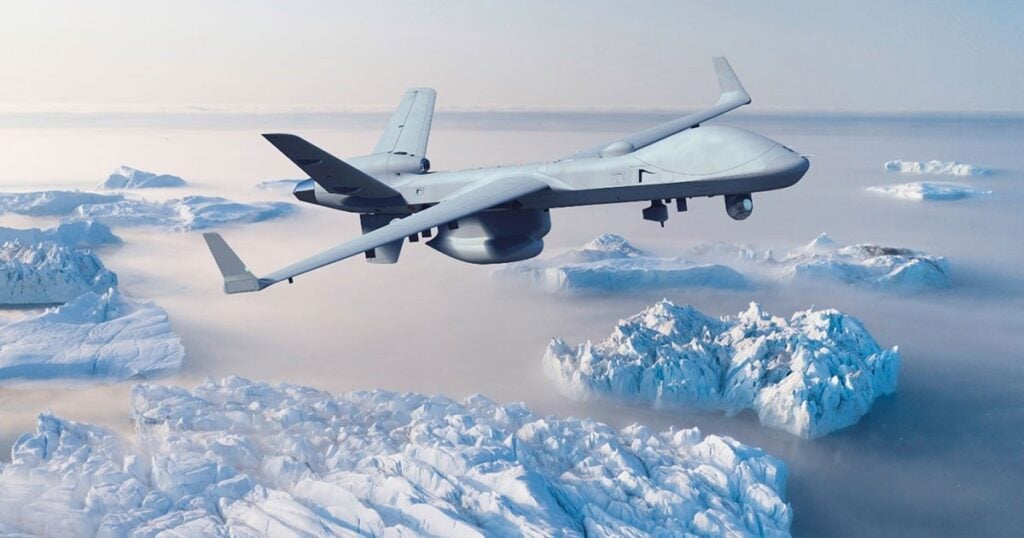The Special Reconnaissance Regiment (SRR) is a specialized unit of the British Army that focuses on covert surveillance and reconnaissance operations. Established in 2005, the regiment operates under the command of the United Kingdom’s Directorate of Special Forces (DSF), alongside units such as the Special Air Service (SAS), Special Boat Service (SBS), and the Special Forces Support Group (SFSG).
Role and Mission of the SRR
The SRR’s primary mission is to conduct intelligence-gathering operations in environments where conventional reconnaissance is either impractical or too risky. This includes urban, rural, and hostile areas where low-visibility operations are required. The unit specializes in:
- Close Target Reconnaissance (CTR): Gathering actionable intelligence by operating covertly in close proximity to targets.
- Counterterrorism (CT): Supporting operations against terrorist networks by providing real-time intelligence.
- Counterinsurgency (COIN): Assisting in stabilizing regions affected by insurgencies through covert monitoring and reconnaissance.
- Support to Other Special Forces: Enabling operations by the SAS and SBS with advanced intelligence preparation of the battlefield.
The regiment’s activities align closely with the Intelligence, Surveillance, Target Acquisition, and Reconnaissance (ISTAR) framework used by NATO and allied forces.
Special Reconaissance Regiment Recruitment and Training
The SRR recruits personnel from across the British Armed Forces, with a particular emphasis on those who exhibit exceptional skills in observation, adaptability, and discretion. Candidates undergo a rigorous selection process designed to test their psychological resilience, physical stamina, and ability to operate effectively in high-pressure environments.
Selection Process
- Initial Selection: Open to both men and women, candidates are assessed on their ability to blend into different environments, maintain cover stories, and process complex situations.
- Specialized Training: Those who pass the initial selection enter an extensive training program, which includes:
- Advanced surveillance techniques
- Navigation and situational awareness
- Advanced driving and mobility training
- Counter-surveillance and anti-tracking methods
- Language and cultural skills
SRR Operational Deployments
Although much of the SRR’s activity remains classified, the regiment is known to have been involved in various high-stakes operations since its inception. Some publicly acknowledged or widely speculated deployments include:
- Iraq and Afghanistan: The SRR provided intelligence and surveillance capabilities during the conflicts, aiding coalition forces in counterterrorism and counterinsurgency missions.
- United Kingdom: Domestically, the SRR has played a critical role in monitoring terrorist suspects and preventing attacks, particularly during heightened threat levels.
- Syria and Libya: Reports suggest the regiment has supported covert operations in conflict zones to counter terrorist groups and gather intelligence on hostile actors.
Distinctive Characteristics of the SRR
Integration of Technology and Human Skills
The SRR leverages cutting-edge technology, such as advanced sensors, unmanned systems, and signal intelligence (SIGINT), to complement its human intelligence (HUMINT) capabilities. This combination enables the regiment to operate effectively across diverse terrains and missions.
Covert Nature
Unlike other units within the Directorate of Special Forces, the SRR operates in civilian attire and uses unmarked vehicles, emphasizing its covert role. This approach allows its operators to blend seamlessly into the environment, reducing the risk of detection.



















